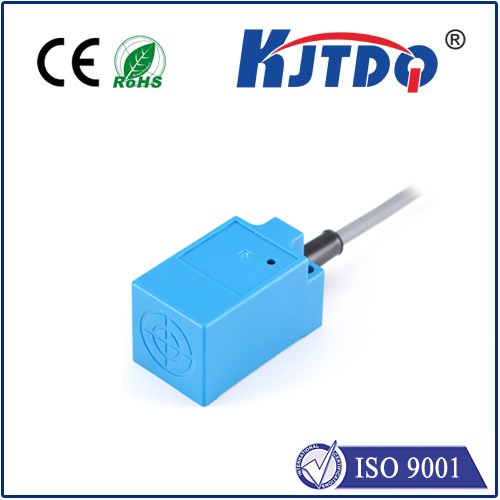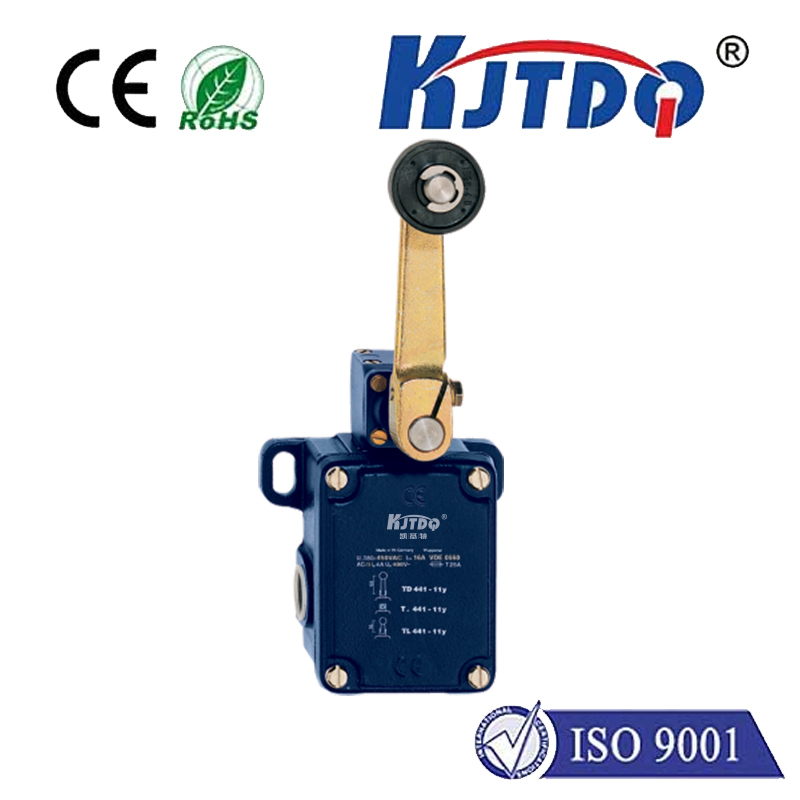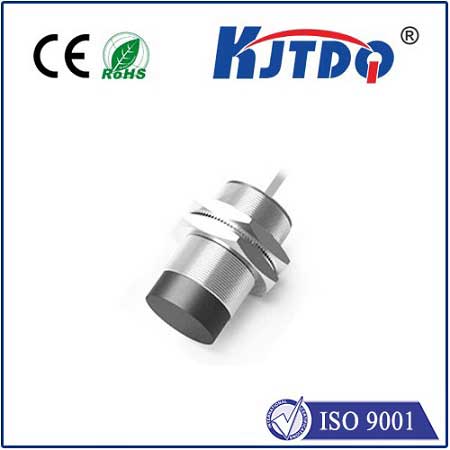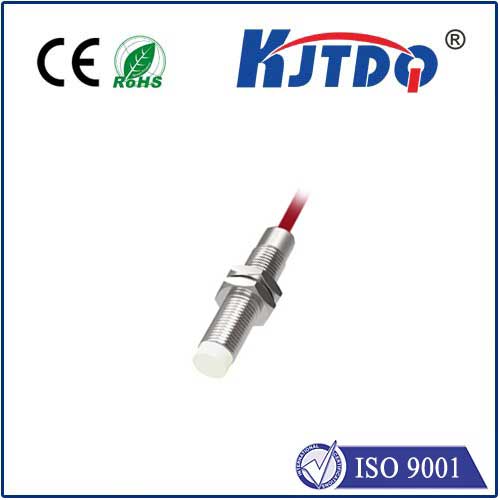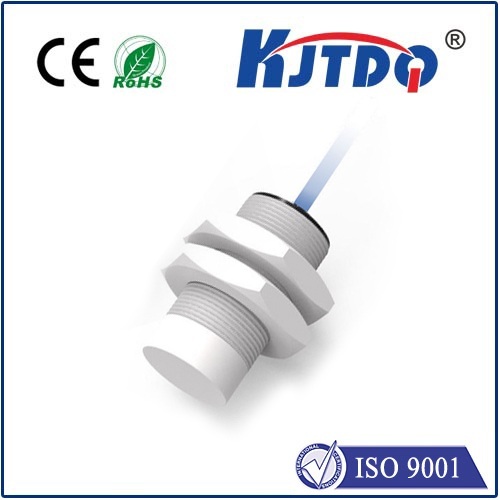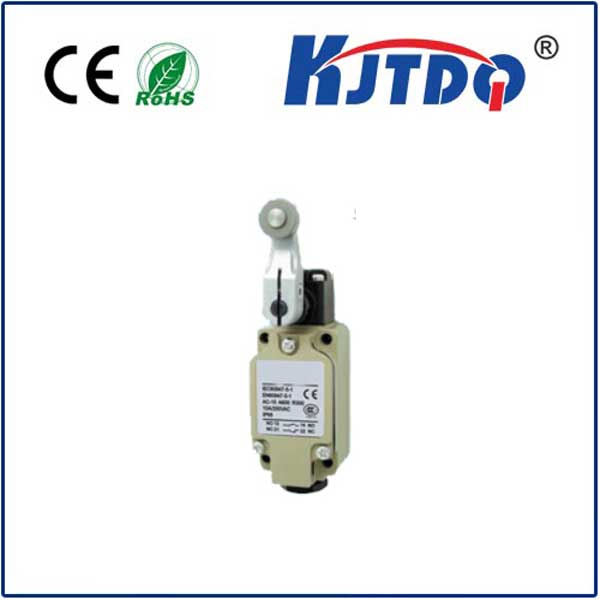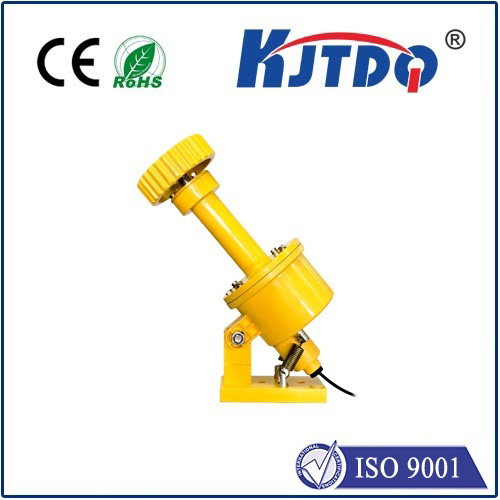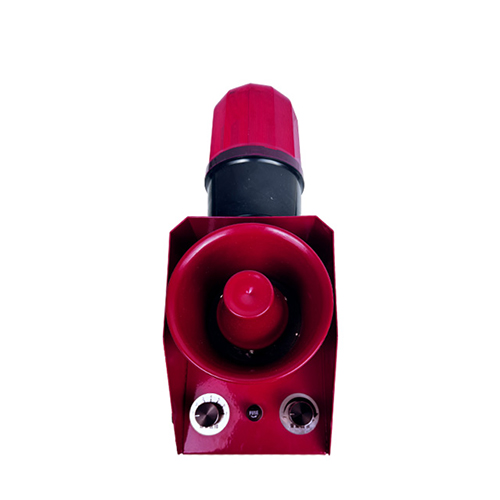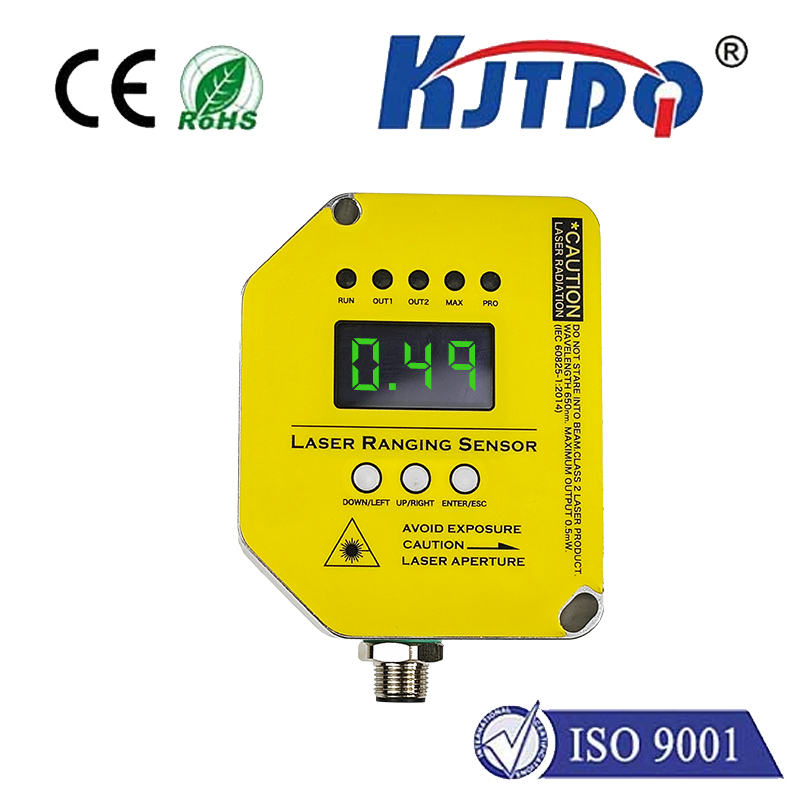

check

check

check

check

check

check

check

check

check

check
In the relentless pursuit of efficiency, safety, and precision within modern factories and production lines, one unsung hero plays a critical role: the proximity sensor. These silent sentinels detect the presence or absence of objects without physical contact, triggering vital actions in machinery. Standing out in this crucial component market is Jayshree, an established name synonymous with reliable and robust proximity sensors engineered for demanding industrial environments. Understanding the capabilities and applications of Jayshree proximity sensors offers significant advantages for optimizing automation processes.
Imagine a robotic arm flawlessly placing components on a circuit board, a conveyor belt automatically stopping when overloaded, or a metal stamping press only activating when a part is perfectly positioned. These scenarios, fundamental to modern manufacturing, rely heavily on accurate, swift, and dependable object detection. This is where non-contact sensing excels, eliminating wear and tear while enabling faster cycle times. Jayshree proximity sensors, particularly their widely used inductive models, are meticulously designed to excel in these exacting conditions.
How Jayshree Inductive Proximity Sensors Work: At the heart of most Jayshree industrial offerings lies the inductive sensing principle. These sensors generate a high-frequency electromagnetic field using an internal coil. When a metallic target (typically steel, aluminum, brass, etc.) enters this field, eddy currents are induced within the target material. This interaction causes a measurable change in the sensor’s oscillation circuit, which the sensor’s electronics detect. This detection triggers a solid-state switching output – either turning ON (NPN or PNP transistor) or OFF – signalling the presence of the target to the machine’s control system (like a PLC). The key advantages of this inductive technology include:

The Jayshree Advantage in Industrial Sensing Choosing a proximity sensor isn’t just about basic detection; it’s about ensuring consistent performance under pressure. Jayshree proximity sensors are built with these industrial imperatives in mind:
Diverse Applications Where Jayshree Sensors Excel The versatility and reliability of Jayshree proximity sensors make them indispensable across numerous sectors:
Selecting the Right Jayshree Sensor: Key Considerations To maximize performance, consider these factors when specifying a Jayshree proximity sensor:
Integrating Reliability into Your System The true value of Jayshree proximity sensors lies in their seamless integration. Their ruggedness reduces unplanned downtime. Their high repeat accuracy ensures consistent machine cycles. Their immunity to harsh conditions guarantees long-term performance without constant recalibration or replacement. Ultimately, incorporating Jayshree sensors translates to enhanced productivity, improved safety by preventing malfunctions, reduced maintenance costs, and a more reliable automated process. For engineers and maintenance professionals seeking dependable non-contact detection solutions, Jayshree proximity sensors represent a proven and robust choice backed by a reputation for industrial-grade performance.
Exploring Jayshree’s Range: Jayshree typically offers a diverse portfolio covering standard inductive sensors in various housing sizes (M5 to M30), high-temperature variants, factors of safety models for critical applications, analog output sensors for distance measurement, specialized cylindrical and rectangular block designs, and increasingly, sensors with IO-Link connectivity for digital communication in the evolving landscape of Industrial IoT (IIoT). Consulting Jayshree’s technical documentation or supplier catalogues provides the detailed specifications crucial for selecting the perfect sensor for your specific automation challenge.

